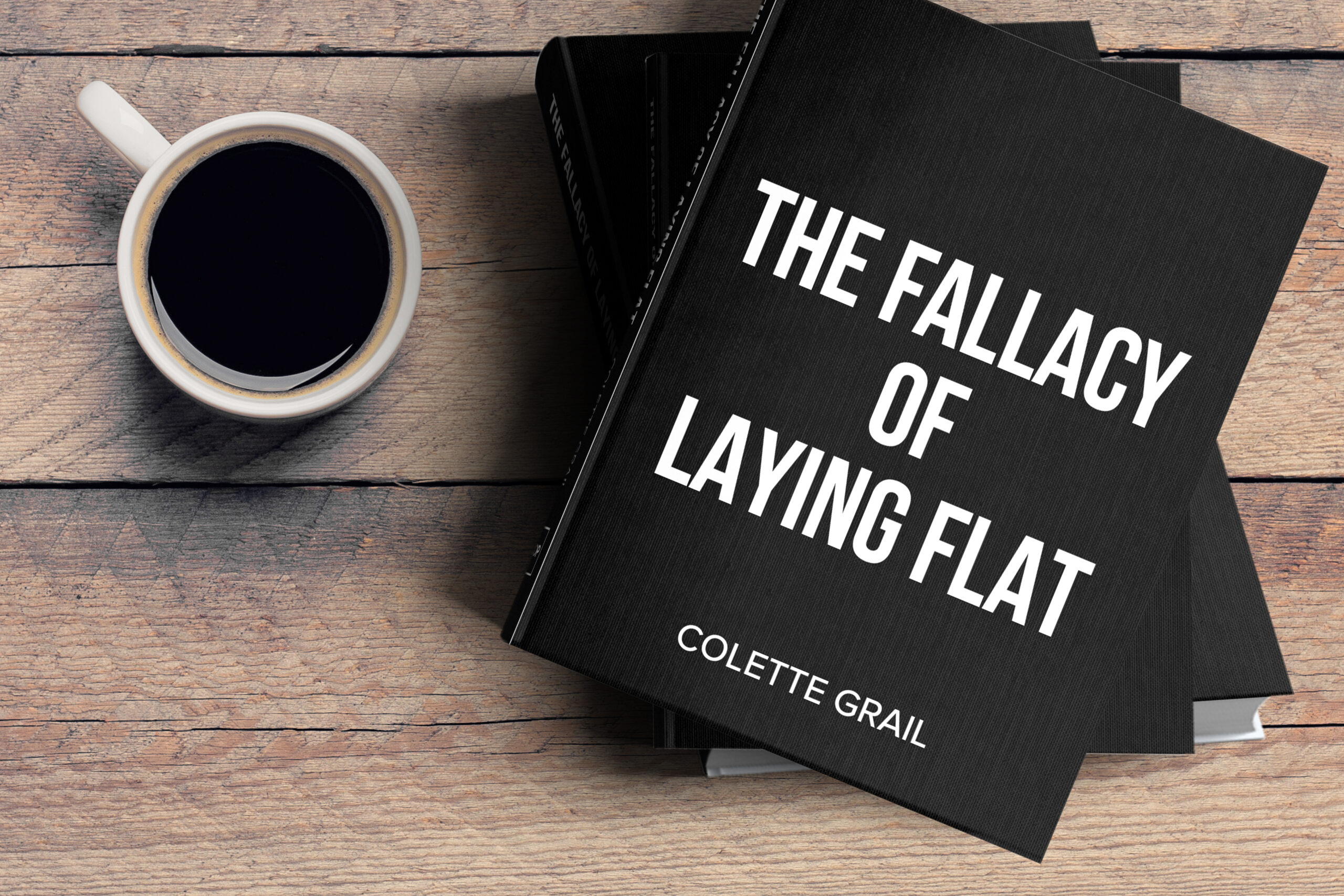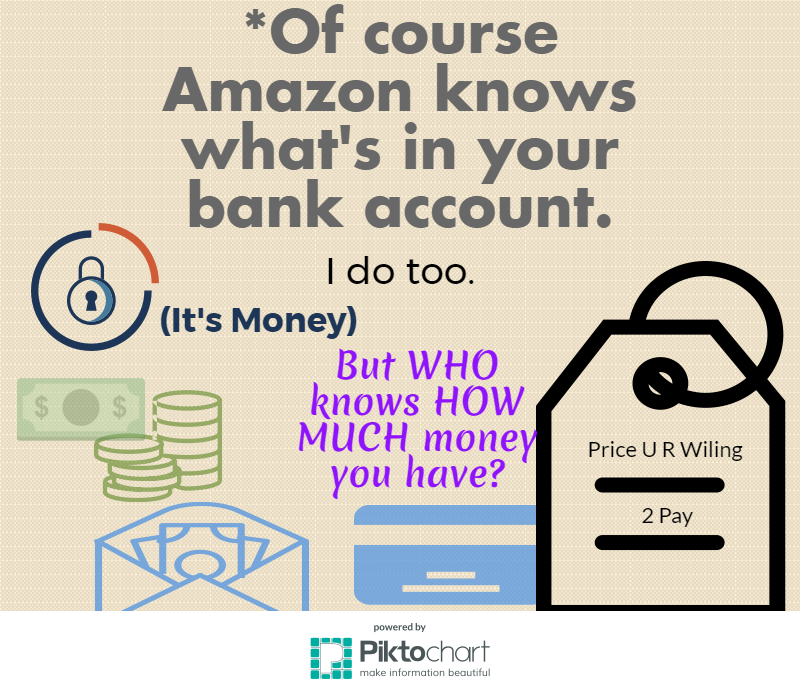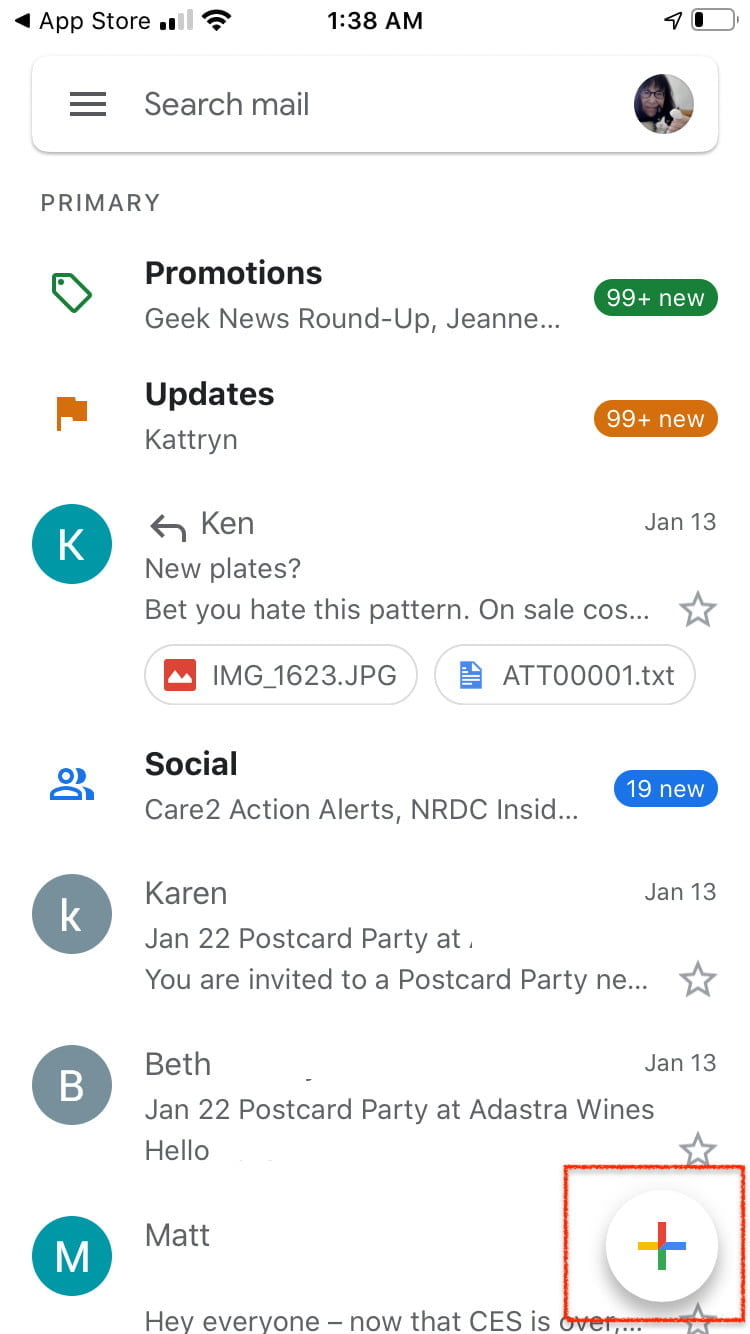#amazonknowswhatsinyourwallet
#privacy #personalization
Wouldn’t it be nice if what you were just thinking of something you needed to get . . . and it came right to you. I imagine that’s the futuristic goal of #amazon. Haven’t they made our lives sssoooo much more convenient? On the one hand, it’s so easy to “shop around” at home. It’s so nice when a solution isn’t that hard to find. Right? But it’s a fine line to cross into where you’re not driving the train for what you need (or think you need.) Who is looking into your #personalinformation?
#theguardian reported last week on Amazon in “The Data Game: what Amazon knows about you and how to stop it.”. Some things you may know already, but others maybe not. Their source document, though, came from a #wired magazine article “Amazon’s Dark Secret: It Has Failed to Protect Your Data” (link in second comment) printed in November 2021 – that packs a punch:
“According to internal documents reviewed by Reveal from the Center for Investigative Reporting and WIRED, Amazon’s vast empire of customer data—its metastasizing record of what you search for, what you buy, what shows you watch, what pills you take, what you say to Alexa, and who’s at your front door—had become so sprawling, fragmented, and promiscuously shared within the company that the security division couldn’t even map all of it, much less adequately defend its borders.
In the name of speedy customer service, unbridled growth, and rapid-fire “invention on behalf of customers”—in the name of delighting you—Amazon had given broad swathes of its global workforce extraordinary latitude to tap into customer data at will. It was, as former Amazon chief information security officer Gary Gagnon calls it, a “free-for-all” of internal access to customer information. And as information security leaders warned, that free-for-all left the company wide open to “internal threat actors” while simultaneously making it inordinately difficult to track where all of Amazon’s data was flowing.”
Both articles are well worth your time to understand the power and vulnerability of #personalinformation. This is my take on #bigdata pricing and what the future of hyper-niche looks like. It’s in my upcoming book #thefallacyoflayingflat.
“The future – the Big Data pricing – is that the price will shift according to your ability as much as willingness to pay. That means the (online) webinar product that I didn’t want to pay $497 would have been further discounted to the $247 that would have made me uncomfortable but ready to use my credit card.
How is this possible? For one, it is a product (online webinar) with almost zero production cost. Unlike the widget which requires materials, labor, manufacturing, storage, and distribution, the digital warehouse doesn’t need a water supply or a janitor. The one stored copy (and backup) replicates instantly.
The next component is YOU. Big Data knows YOU along the same lines I mentioned that I use to make a purchase. Big Data figures out if I have enough cash or credit for the sale. Big Data knows if I spend money on these types of products already. Big Data knows whether this fits my spending lifestyle or if it is a reach. Big Data tells me I can or cannot deduct it as a business expense. Even more so, Big Data knows whether I need deductions at this point, against how many deductions I have already accrued in my fiscal year.
The more uncomfortable aspect? Big Data Pricing will charge me a different amount than the next sale to a different customer. An entity with a bigger bankroll may get charged more, or they may be offered a morphed package of sales for services I cannot afford: X downloads, unlimited downloads, additional webinars or custom services. In the lesser bankrolls, perhaps we will get a deeper discount or an extended opportunity to buy or a few more promptings in our email inbox.
“So pricing in the virtual world has not gone into our personal pocket books yet (that we know.) The online market does use digital information such as browsing history and location to triangulate your willingness to pay a certain price. This is still within the Small Data genre of capability, utilizing mean and median sources. Big Data Pricing though – and I believe it will – knows YOUR personal bottom line. This is not a random variable calculated through the local and not so location population supply and demand. Big Data Pricing knows exactly what price to set for you from all your transaction history in stores and online, your taxes, your job, your household status, and much more.
Is that scary? Perhaps. But it is already very close to possible.
The world out there is waiting to sell you the next Best Thing and Big Data or not, marketing will continue to morph to find the magic price you are willing to pay. Big Data Pricing though will be oh-so intimately familiar with you and your money. In the end though, Big Data Pricing can only posture the question: will you buy?
The answer is still up to you.













